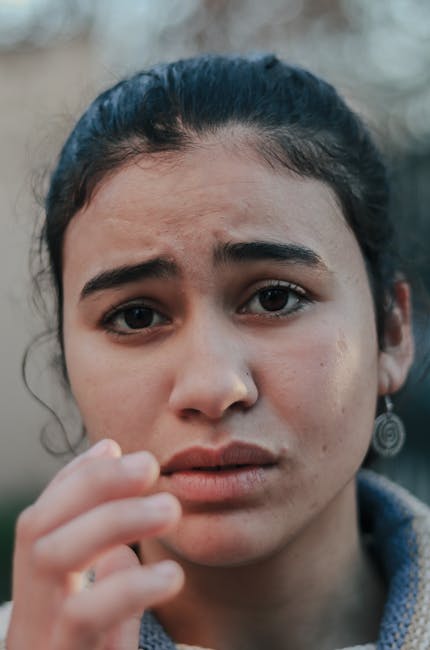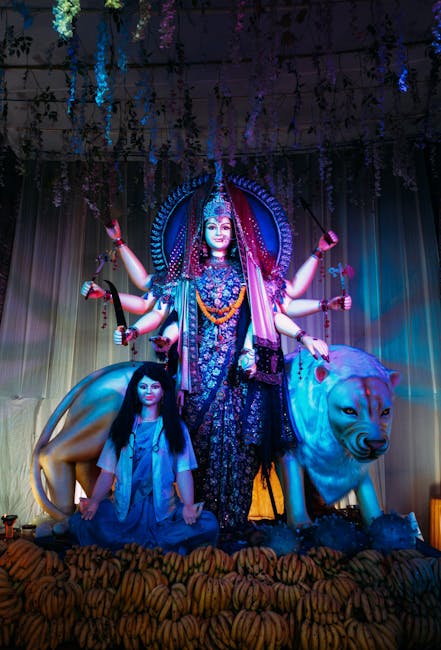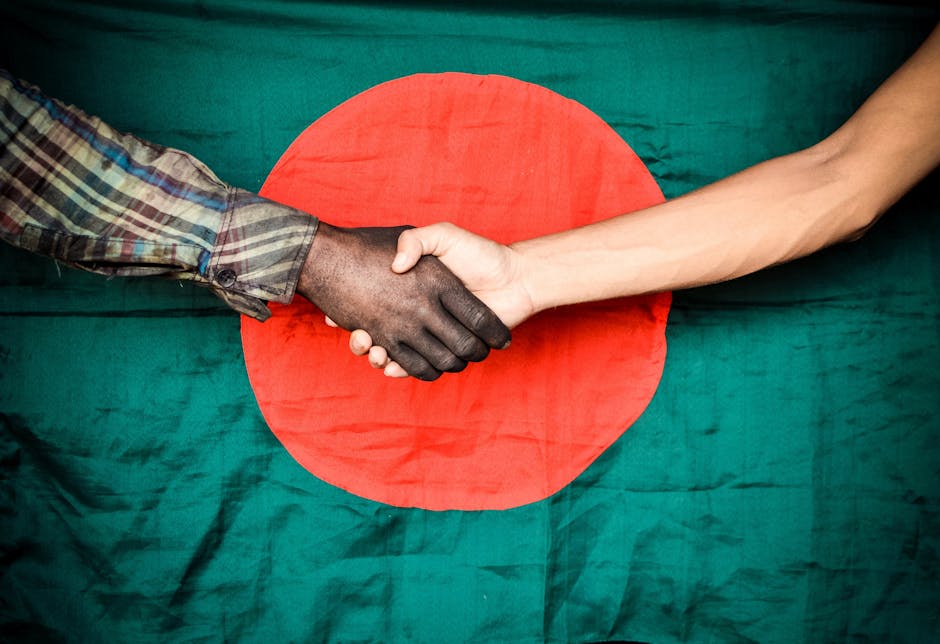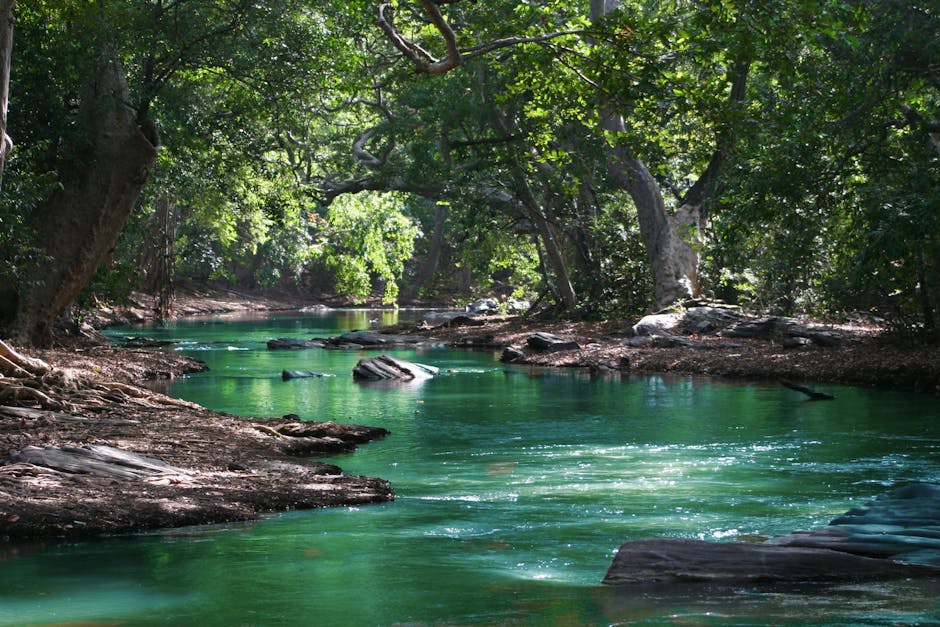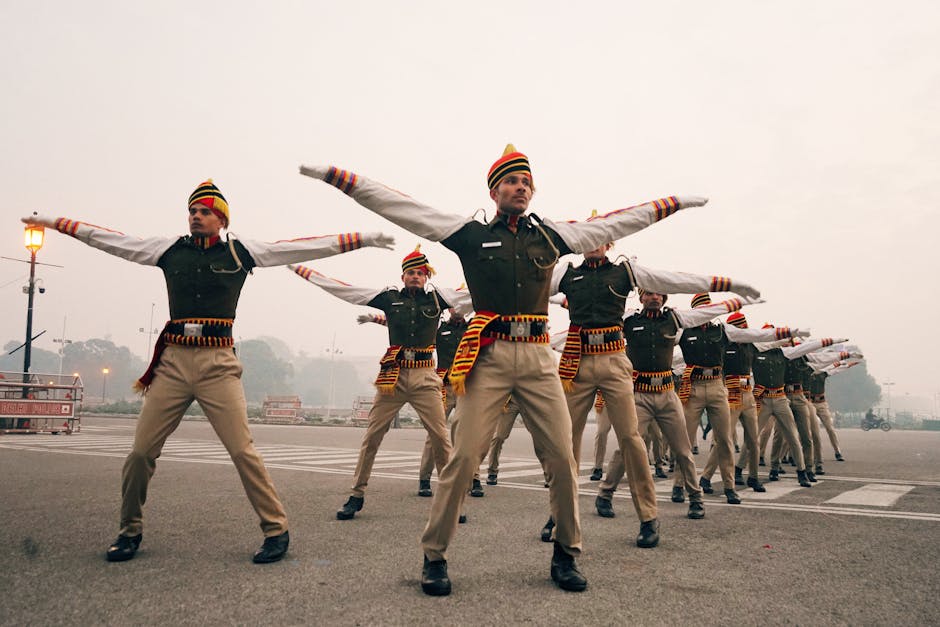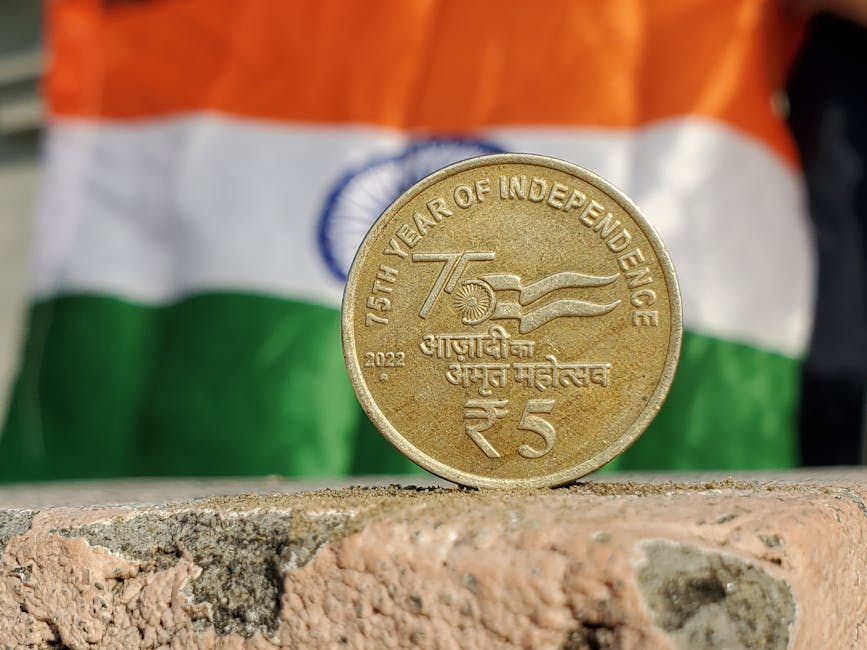-
MHA Meeting with Gorkha Representatives: The Ministry of Home Affairs (MHA) held a meeting in New Delhi with Gorkha leaders to address their long-standing concerns. The meeting was chaired by Union Minister of State for Home Affairs, Shri Nityanand Rai.
-
Demand for Gorkhaland Statehood: A central issue is the demand for a separate state of Gorkhaland, encompassing Darjeeling, Terai, and Dooars, aimed at political recognition, cultural autonomy, and administrative empowerment.
-
Scheduled Tribe (ST) Status: Several Gorkha communities are seeking ST status for social justice, educational opportunities, and affirmative action benefits, though progress has been slow.
-
Agnipath Scheme Concerns: The Agnipath scheme raises fears of job insecurity among Nepali Gorkhas due to its short service duration and limited pension benefits, potentially violating the 1947 tripartite agreement.
-
Geopolitical Tensions: Reports suggest China’s interest in recruiting Gorkhas, adding a geopolitical dimension to the situation, with diplomatic resolutions pending.
-
Government Assurance: The Minister of State for Home Affairs assured the Gorkha delegation that the Central Government, under Prime Minister Modi, prioritizes the development and security of the region and will address their issues within the constitutional framework, in coordination with the Government of West Bengal. The Central Government is working with utmost sensitivity to resolve the issues related to Darjeeling, Terai and Dooars.
04.04.25
Tiger TRIUMPH 2025
-
Exercise Inauguration: The 4th edition of Tiger TRIUMPH, a U.S.-India joint Humanitarian Assistance and Disaster Relief (HADR) amphibious exercise, commenced on April 1, 2025.
-
Strategic Significance: The exercise highlights the deepening U.S.-India strategic maritime cooperation and reinforces their defense partnership. It aims to enhance interoperability and joint all-domain operations during large-scale HADR scenarios.
-
Harbour Phase (Visakhapatnam): Focused on planning sea-based training, refining procedures, and Subject Matter Expert Exchanges (SMEE) covering special operations, emergency medical response, and multi-domain operations (air, maritime, cyber, space). Includes sports engagements and cultural visits to build camaraderie.
-
Sea Phase (Kakinada): Involves bilateral forces training for maritime, amphibious, and HADR operations via a Joint Combined Command and Control Center, culminating in the establishment of a joint humanitarian relief and medical response camp after an amphibious landing.
-
Indian Forces Participation: Includes INS Jalashwa, INS Mumbai, INS Shakti, P8I aircraft, MH60R helicopters, Hawk aircraft, an Infantry Battalion group, Mechanized Forces, and Special Operations Forces from all three services. The Indian Air Force will demonstrate C130, Mi-17 V5 capabilities, and showcase air-portable BHISMA medical equipment. Cyber and Space specialists will also participate.
-
U.S. Forces Participation: Includes USS Comstock, embarked Marines, USS Ralph Johnson, P8A Poseidon aircraft, U.S. Space Force, Air Force (C-130J aircraft), a U.S. Army platoon, medical platoon, Civil-Military Operations Center, and Multi-Domain Task Force Combined Information Effects Fusion Cell.
-
Objective: To further enhance interoperability in HADR operations and combined joint all-domain operations and allow forces to share best practices.
India-Bangladesh Relations
-
Modi-Yunus Meeting: PM Modi met Bangladesh’s Chief Adviser Muhammad Yunus in Bangkok, the first official interaction since Sheikh Hasina’s ouster. This signals a potential shift in India’s engagement strategy.
-
Defense Cooperation: Regular joint military exercises (Sampriti, Bongosagar) and coordinated patrols continue.
-
Economic Partnership: Bangladesh is India’s largest trade partner in South Asia; bilateral trade reached USD 12.9 billion in FY 2023-24. Key Indian exports include cotton and petroleum products.
-
Energy and Connectivity: The India-Bangladesh Friendship Pipeline enhances energy ties. Cross-border projects like the Akhaura-Agartala rail link and Maitri Setu boost connectivity.
-
Multilateral Collaboration: Active cooperation in regional forums like SAARC and BIMSTEC.
-
Diplomatic Challenges: India’s past alignment with Sheikh Hasina created distance with other Bangladeshi political actors. India’s hosting of Hasina in exile caused tensions.
-
Growing Chinese Influence: Bangladesh’s participation in BRI and significant Chinese investment pose a geopolitical challenge for India.
-
Border Issues: Illegal immigration, Rohingya refugee crisis, cross-border terrorism, and trafficking remain persistent concerns.
-
Anti-India Sentiment: Public mistrust driven by perceived Indian interference is rising.
-
Way Forward:
- Engage inclusively with all political groups.
- Leverage multilateral initiatives like IPOI.
- Improve border management through smart fencing.
- Enhance people-to-people connectivity through cultural exchanges and scholarships.
- Yunus’s Statement Row: Yunus’s statement regarding northeast india is also a key point which raises question and need for better relation.
Dhansiri: River of Life
-
Pollution Concerns: Environmentalists have alerted the Central Pollution Control Board (CPCB) about alleged hazardous effluent discharge from Numaligarh Refinery Limited (NRL) into the Dhansiri River.
-
Ecological Damage Warning: Concerns highlight the potential for severe ecological damage to the river due to the effluent.
-
AGT Biosciences Report: A report by AGT Biosciences indicated that water samples from NRL’s effluent plant exceeded CPCB discharge standards for petroleum refineries.
-
Exceedance of Standards: The report showed Biochemical Oxygen Demand (BOD), Chemical Oxygen Demand (COD), and oil & grease content exceeding permissible CPCB limits. BOD recorded at 18.0 mg/L (limit 15 mg/L), COD at 142.0 mg/L (limit 125.0 mg/L), and oil/grease at 11.5 mg/L (limit 10 mg/L).
-
Threat to Biodiversity: The exceedances are considered a pattern of pollution, endangering the Dhansiri River’s biodiversity and dependent communities.
-
BOD Impact: High BOD levels deplete dissolved oxygen, crucial for aquatic life.
-
River’s Importance: The Dhansiri River is a significant tributary of the Brahmaputra, originating in Nagaland and flowing through Assam.
-
Flora and Fauna: It forms the Nagaland-Assam border harboring rich flora and fauna like Dhansiri Reserved Forest and Intanki National Park.
Compassionate Care
-
WHO Report: Highlights compassion as crucial for improving Primary Health Care (PHC), addressing mental health, and delivering patient-centered care.
-
What is Compassion in PHC: Recognizing suffering and acting to alleviate it within essential health services, enhancing care quality, accessibility, and equity.
-
Significance: Compassion combines emotional connection with action, differing from passive sympathy or emotionally draining empathy.
-
Mental Health Crisis: High prevalence of mental disorders in India (13.7%), economic loss (USD 1.03 trillion, 2012-2030), and treatment gap (70-92%). Compassion vital for responsive, holistic care.
-
Inclusive Care: Compassion promotes inclusion for marginalized groups like Dalits, Adivasis, LGBTQ+, and persons with disabilities.
-
Institutionalizing Compassion: Integrate compassion as a measurable dimension of Quality of Care (QoC).
-
Enhance HWC Capacity: Train health workers in trauma-informed, culturally sensitive, and compassionate communication.
-
Integrate Metrics in Audits: Use patient feedback on compassion in outcome-based health grants.
-
Reform Curriculum: Introduce modules on compassionate leadership and grief counseling.
-
Mental Health Interventions: Embed empathy training in Tele MANAS. Promote home visits and community dialogue.
-
Clinical Courage Example: A doctor’s decision to treat a TB patient with compassion in Rajasthan, where resources are limited, demonstrates courage and the value of focusing on the patient’s needs.
-
SWATI model: An NGO trains ASHA workers to support survivors of violence.
-
Tamil Nadu Disaster Preparedness: The health system in Tamil Nadu has a more structured governance, accountability mechanisms, and proactive disaster response.
-
Importance of People-centred Healthcare: Focus on empowering people to be responsive in the existing system.
Exercise INDRA
-
Exercise INDRA 2025 Commences: The 14th edition of the India-Russia bilateral naval exercise ‘Indra’ has begun off the coast of Chennai.
-
Six-Day Exercise: The exercise will span six days, featuring sophisticated maritime drills and live weapon firings.
-
Phases of the Exercise: Divided into two phases: a Harbour Phase in Chennai (March 28-30) and a Sea Phase in the Bay of Bengal (March 31-April 2).
-
Participating Ships: Russian Navy ships Pechanga, Rezkiy, and Aldar Tsydenzhapov are participating. The Indian Navy has deployed warships Rana, Kuthar, and maritime patrol aircraft P8I.
-
Advanced Naval Drills: The Sea Phase includes tactical maneuvers, live weapon firings, anti-air operations, underway replenishment, helicopter cross-deck landings, and exchange of sea riders.
-
Objective: Aims to enhance naval interoperability and operational synergy between the Indian and Russian navies.
-
Long-Term Strategic Relationship: Exercise INDRA epitomizes the long-term strategic relationship between the two navies since its inception in 2003.
-
Symbol of Maritime Cooperation: The exercise has evolved into a symbol of maritime cooperation, showcasing the two nations’ commitment.
-
Strengthening Ties: Intended to enhance maritime cooperation, strengthen friendship, exchange best practices, and bolster diplomatic ties.
India-China: 75 Years
- 75th Anniversary: India and China marked 75 years of diplomatic relations on April 1, 2025, established on April 1, 1950.
- Xi’s Message: Chinese President Xi Jinping emphasized closer cooperation between Beijing and New Delhi and described the relationship as a “Dragon-Elephant Tango,” promoting coexistence and shared growth over rivalry.
- Historical Evolution: Ties evolved from ancient trade routes (Silk Road, Buddhism) and the “Hindi-Chini Bhai-Bhai” era to a post-1962 diplomatic freeze.
- Normalization: Ties were normalized during 1980s-2000s. Agreements in 1993 and 1996 aimed at peace and military confidence-building measures.
- Economic Ties: Robust economic relations exist, with bilateral trade reaching USD 118.4 billion in 2023-24. Chinese investments in Indian unicorns exceed USD 3.5 billion.
- Cultural Exchange: Cultural ties are fostered via academic exchanges and events (e.g., Tagore centenary seminar).
- Multilateral Cooperation: Collaboration occurs in BRICS, SCO, G-20, and initiatives like the International Solar Alliance (ISA).
- Border Disputes: The undefined 3,488 km LAC is a major issue, causing frequent clashes (Doklam, Galwan).
- Strategic Concerns: India has strategic concerns about China’s BRI and CPEC through PoK.
Heard & Mcdonald Islands
-
US Tariffs Imposed: Donald Trump imposed a 10% tariff on imports from Heard & McDonald Islands, despite the islands having no known exports to the US.
-
Remote Location: The islands are a remote, uninhabited sub-Antarctic volcanic island group in the southern Indian Ocean, far southwest of Australia.
-
Australian Territory: They are an Australian external territory governed directly by the Australian government.
-
Volcanic Activity: Heard Island features the Big Ben volcano (Mawson Peak), Australia’s highest mountain outside the mainland. McDonald Island has shown recent volcanic activity, increasing in size. They are the only volcanically active sub-Antarctic islands.
-
Ecological Significance: UNESCO World Heritage Site, pristine ecosystem with marine birds, mammals (penguins, seals), and free of invasive species.
-
Uninhabited: The islands are completely uninhabited except for occasional research missions.
-
Baffling Trade Policy: The tariff imposition is questionable due to the islands’ lack of exports to the US.
-
Other Territories Affected: Other Australian external territories (Cocos (Keeling) Islands, Christmas Island, and Norfolk Island) and the British Indian Ocean Territory also face tariffs, with similar questions about trade rationale.
